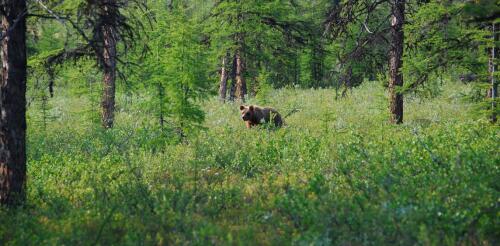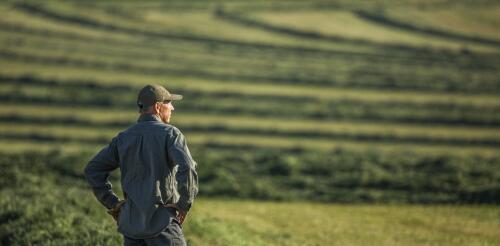environment
Water is a central element of the war between Israel and Hamas in the Gaza Strip. Israel controls several water pipelines entering Gaza, much as it controls most of life there. But water can also be a source of hope for an alternative future. The Middle East is an arid region that is highly vulnerable to the effects of climate change. There is an essential need for solutions that offer equitable access to water and sanitation, and that protect Israel and the Palestinian territories’ shared water resources. We study approaches to managing water and other environmental resources and conduct work at the Arava Institute for Environmental Studies, a nonprofit teaching and research center in the south of Israel. At the institute, students and academics from Israel, the Palestinian territories and Jordan come together to learn from each other and work together, developing technologies and programs that meet the region’s water needs. Our experience has shown us that worki...
Earth’s boreal forests circle our planet’s far northern reaches, just south of the Arctic’s treeless tundra. If the planet wears an Arctic ice cap, then the boreal forests are a loose-knit headband wrapped around its ears, covering large portions of Alaska, Canada, Scandinavia and Siberia. The boreal region’s soils have long buffered the planet against warming by storing huge quantities of carbon and keeping it out of the atmosphere. Its remoteness has historically protected its forests and wetlands from extensive human impact. These two traits rank boreal forests among the most important ecosystems on Earth. In addition, numerous species of mammals, fish, plants, insects and birds make these forests home. For over two centuries, scientists have recognized that climate plays a key role in determining the geographic zones of plant communities. Because boreal forests and soils face subzero winters and short summers, these forests and the animals that li...
Strong winds blew across mountain slopes after a record-setting warm, dry summer. Small fires began to blow up into huge conflagrations. Towns in crisis scrambled to escape as fires bore down. This could describe any number of recent events, in places as disparate as Colorado, California, Canada and Hawaii. But this fire disaster happened over 110 years ago in the Northern Rocky Mountains of Idaho and Montana. The “Big Burn” of 1910 still holds the record for the largest fire season in the Northern Rockies. Hundreds of fires burned over 3 million acres – roughly the size of Connecticut – most in just two days. The fires destroyed towns, killed 86 people and galvanized public policies committed to putting out every fire. Many residents of Wallace, Idaho, fled on trains ahead of the 1910 blaze. Volunteers who stayed saved part of the town, but about a third of it burned. R.H. McKay/U.S. Forest Service...
Meteorologists have been talking for weeks about a snowy season ahead in the southern Rockies and the Sierra Nevada. They anticipate more storms in the U.S. South and Northeast, and warmer, drier conditions across the already dry Pacific Northwest and the upper Midwest. One phrase comes up repeatedly with these projections: a strong El Niño is coming. It sounds ominous. But what does that actually mean? We asked Aaron Levine, an atmospheric scientist at the University of Washington whose research focuses on El Niño. NOAA explains in animations how El Niño forms. What is a strong El Niño? During a normal year, the warmest sea surface temperatures are in the western Pacific and the Indian Ocean, in what’s known as the Indo-Western Pacific warm pool. But every few years, the trade winds that blow from east to west weaken, allowing that warm water to slosh eastward and pile up along the equator. The warm water causes...
CC BY-ND Hardworking American farmers keep the world fed and clothed. But the farming labor force has a problem: It’s aging rapidly. The average American farmer is 57 and a half years old, according to the most recent data from the U.S. Department of Agriculture. That’s up sharply from 1978, when the figure was just a smidge over 50. As researchers who study well-being in rural areas, we wanted to understand this trend and its implications. So we dug into the data. Amber waves of graying We found that the average age of farmers was fairly consistent across the country, even though the general population’s age varies quite a bit from place to place. For example, the average Maine farmer is just a few months older than the average farmer in Utah, even though the average Maine resident is more than a decade older than the average Utahn. To be fair, we did find some local differe...




